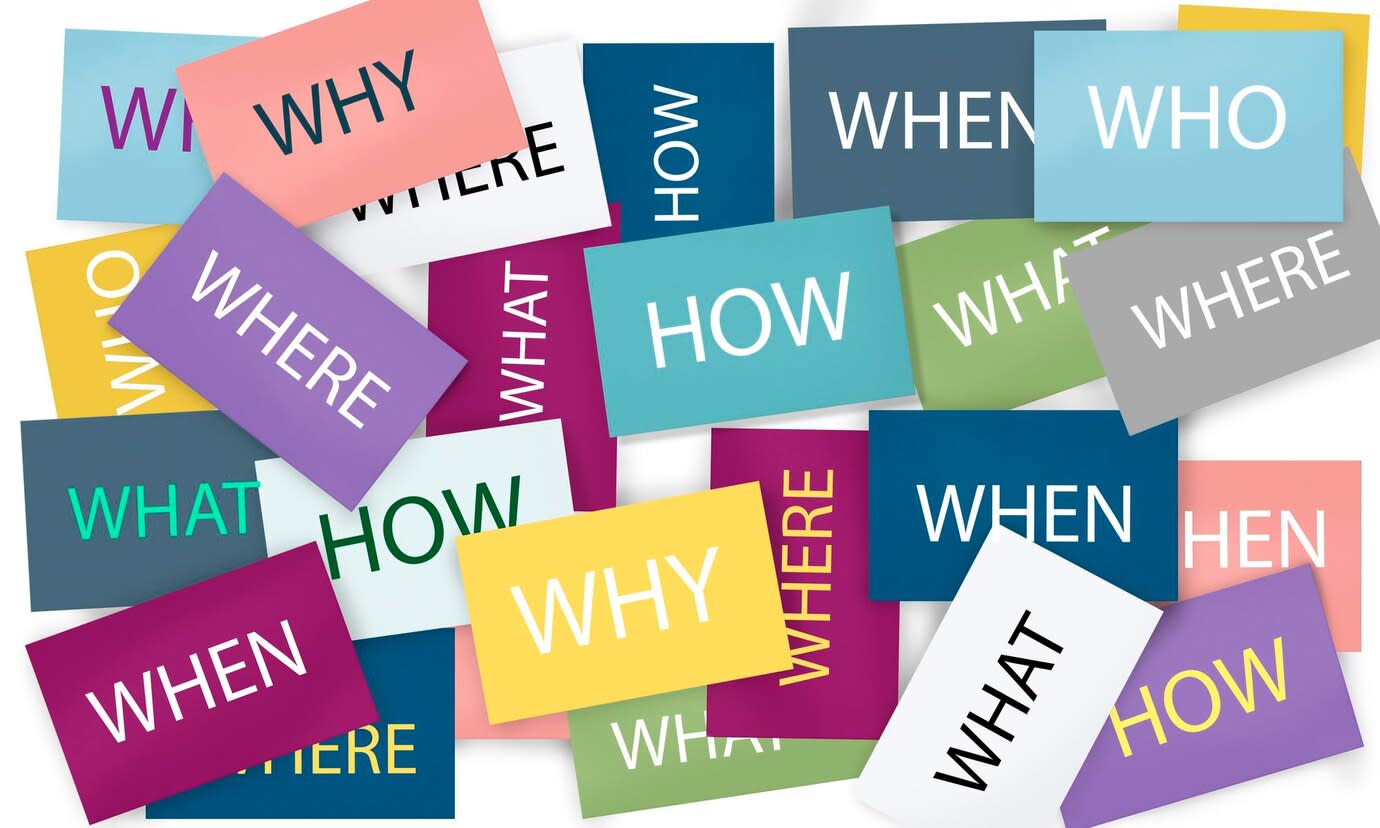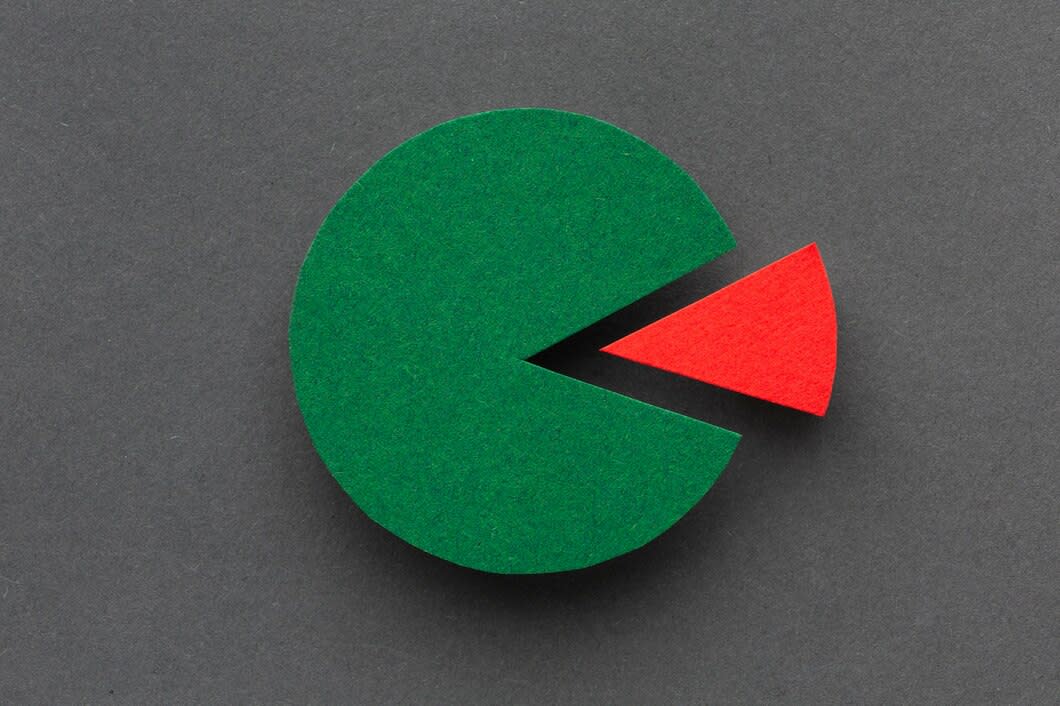Test your knowledge of copyright exceptions.
To use materials that are protected by copyright (e.g. text, images, video) you normally need permission or a licence. However, for certain purposes in the UK you may also be able to rely on 'copyright exceptions' as defined in UK legislation.
Complete this quiz to test your knowledge of copyright exceptions. We also discuss copyright exceptions in our training sessions. To know more, register for one of our sessions.
Disclaimer: this quiz is for educational purposes only, to help you understand copyright exceptions and direct you to further resources. Your answers will not be used for any purpose and your personal data are not being collected.

Which of the following could be covered by a copyright exception in UK copyright law? Tick all that apply.

All these examples could be covered by an exception in UK copyright law, as long as the conditions of the exception are met and the use is 'fair dealing'.
Exceptions that you could rely on as long as your use is 'fair dealing' include non-commercial research and private study, criticism, review and quotation, and illustration for instruction/examination. Exceptions should be considered as possible defences against claims of copyright infringement.
But what is 'fair dealing'? See the next question.
What does 'fair dealing' mean?

There is no statutory definition of 'fair dealing'. Here are some criteria previously used in court to determine what is 'fair'.
- Is the use of the work, and the amount used, justified by the purpose? In other words, using more than you need for the purposes of studying, teaching or research is less likely to be fair.
- Was the work accessed/acquired lawfully?
- What proportion of the whole work is used?
- What proportion of your work (e.g. your book or thesis) does the material take?
- The interests of the copyright owner. For example, is using this material likely to damage sales of the work?
Acknowledging the source is essential when relying on exceptions. However, acknowledgement alone is not enough. Fair dealing criteria must be considered.
How much of a copyright work can you use in an article, thesis or lecture?

There is no defined limit. As a rule of thumb, a book chapter or an article from a journal issue is usually deemed reasonable for research or private study. Extracts of varying lengths may be justified in the context of quotation, criticism and review. The quotation exception also applies to images, which could be included if other fair dealing criteria have been considered.
In short, the amount used must be must be reasonable and appropriate for the purpose.
Which TWO of the following are necessary when relying on the 'research and private study' exception?

- Relying on the research and private study exception requires sufficient acknowledgement - usually indicating the title of the work and the name of the author.
- The purpose must be non-commercial.
Which TWO of the following are necessary when relying on 'criticism, review or quotation'?

- Sufficient acknowledgement is required.
- To include the 'quoted' work it is also necessary for the work to have been made available to the public, e.g. the public can access copies, the work may have be available electrinically, exhibited or performed.
- There is no restriction to non-commercial use when relying on the quotation exception. For example, you may rely on this exception to include material in a commercially available publication, as long as the use can be justified as 'fair dealing'.
Which of the following is NOT necessary when relying on the educational exception?

- Sufficient acknowledgement is required.
- The exception must be considered and applied in the context of teaching or being taught. For example, showing short clips from a film as part of a lecture is likely to be covered by the exception; showing a film for recreational purposes is not.
- The use must be non-commercial.
Which of the following is LEAST likely to be considered as 'fair dealing'?

To make and distribute copies for students you should normally rely on the CLA licence, which covers such uses, or another licence/permission.
You got {number correct}/{number of questions} correct answers.
To learn more about using and creating materials, register for one of our sessions.
You got {number correct}/{number of questions} correct answers.
This is a good start. To learn even more about using and creating materials, register for one of our sessions.
You got {number correct}/{number of questions} correct answers.
Impressive! You are now ready to learn even more about copyright or ask specific questions. Register for one of our sessions.